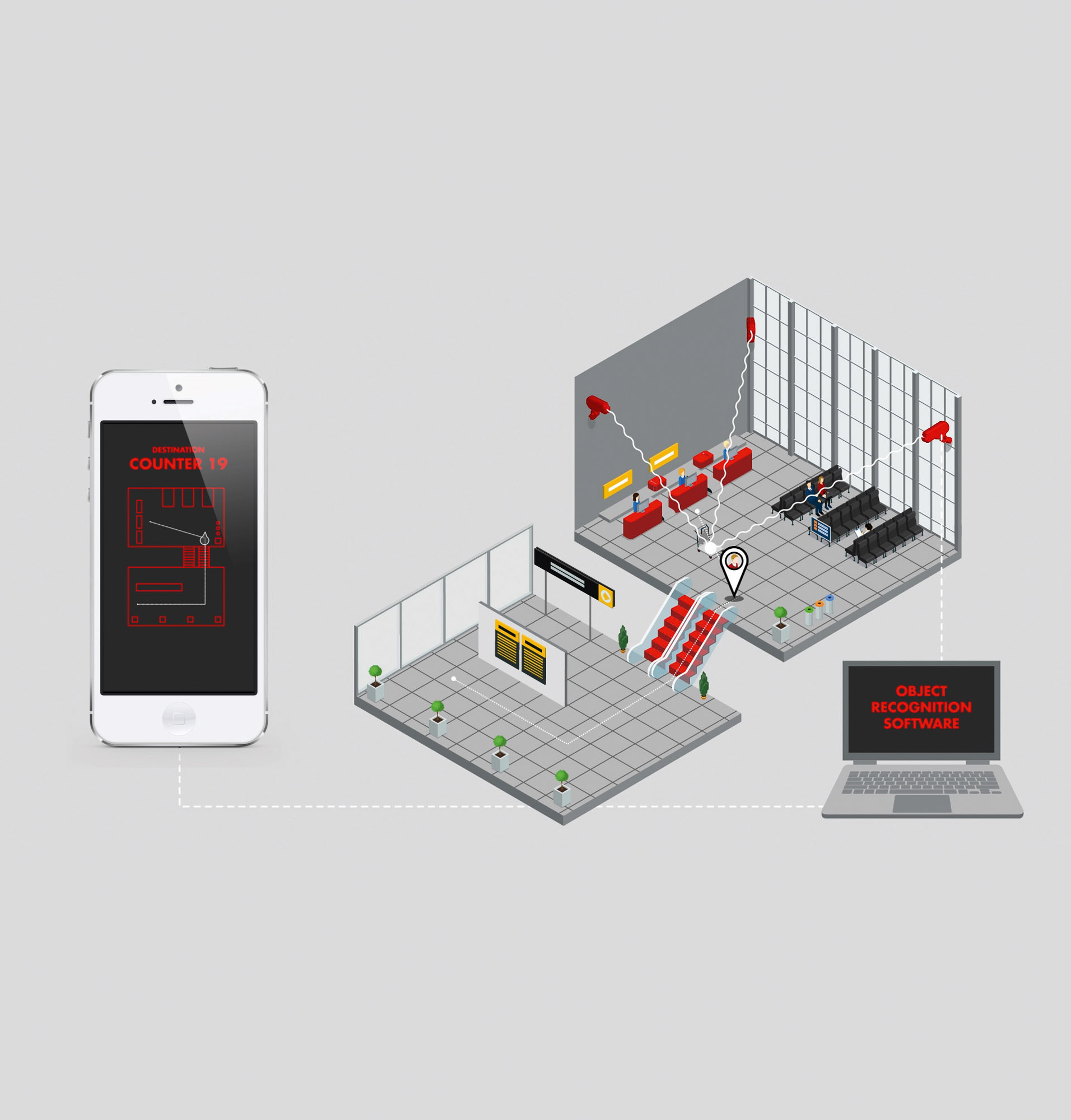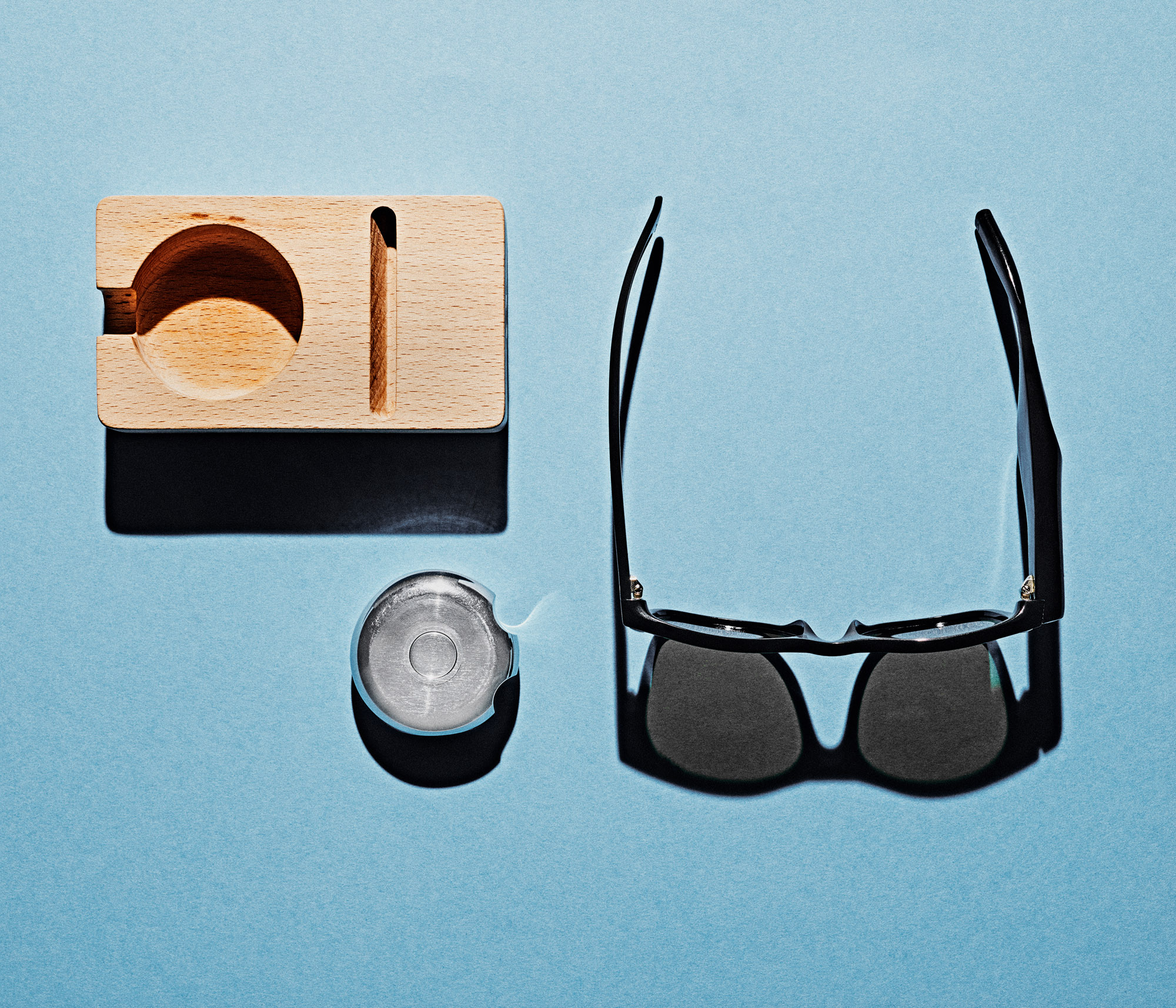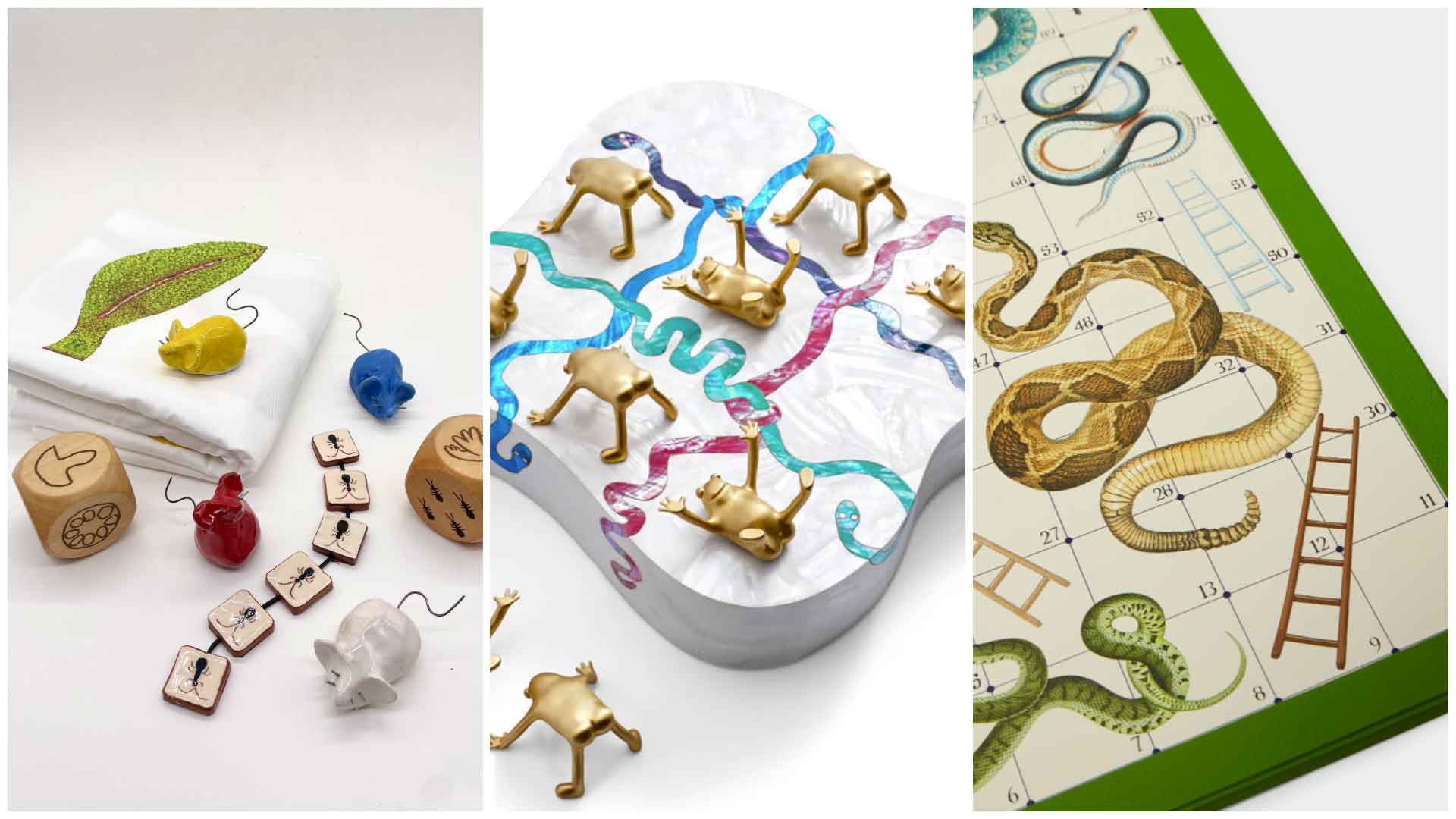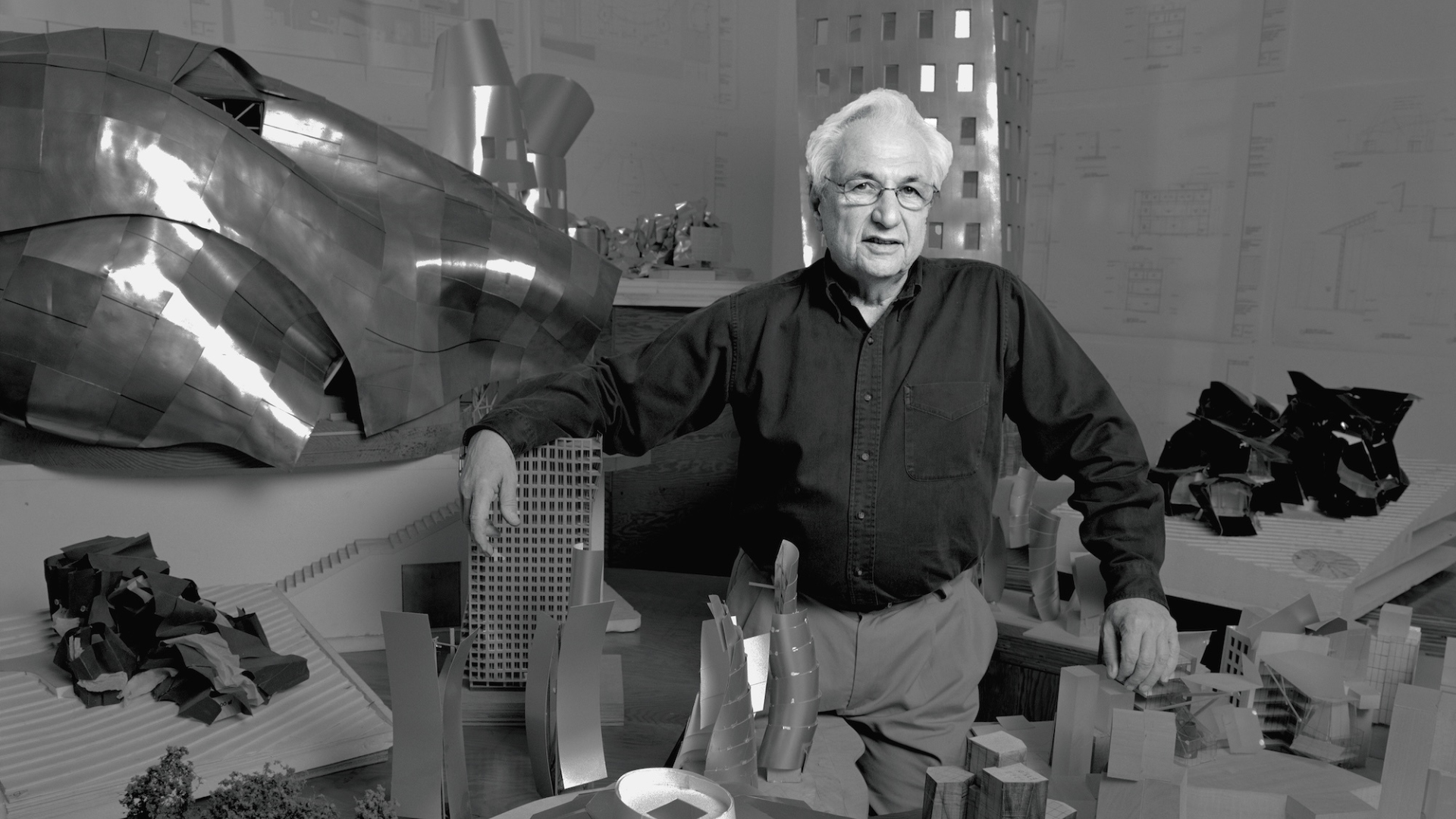How can design help the visually impaired?
Dutch designer Simon Dogger has created projects that open up the museum world for blind and visually-impaired visitors. He speaks to art historian and disability activist Amanda Cachia about access technologies, inspirational personal experiences and the virtues of physical spaces

When Simon Dogger became blind in 2010, the museum world became inaccessible to him. While many museums offer monthly audio and tactile tours for its visually-impaired and blind visitors, Dogger found these lacking in providing choice and independence, given the tours were offered according to a specific and limited schedule, and were led by museum educators.
Dogger, who was the first-ever blind designer to graduate from the Design Academy Eindhoven in 2017, asked himself, how would I like to have self-empowered access to art? This led to Dogger’s Feelscape concept, which interprets 2D content (such as paintings) as tactile 3D objects. The designer began collaborating with Eindhoven’s Van Abbemuseum to develop his inclusive ideas, starting with Feelscape.
The Van Abbemuseum has a global reputation for its groundbreaking work in the field of inclusion, diversity and accessibility, and it invited Dogger to make its visual content accessible for the visually impaired. The work of art, its storyline, even its artist, is translated through material, shape and position. Some of the works that Dogger developed into a Feelscape version, in collaboration with visual designer Stijn Boemaars, include Piet Mondrian’s Composition en Blanc et Noir II (1930), Carel Willink’s The Painter and his Wife (1934) and Andrzej Wróblewski’s Dążenie do doskonałości (1952). The Van Abbemuseum then acquired the Feelscapes for its permanent collection as critical companions to the original works.
Simon Dogger: designing for inclusivity

The Tik-Tik app allows visually-impaired users to independently access and navigate public buildings.
Dogger also developed Tik-Tik, a safe, reliable and accessible indoor navigation app for the visually impaired that works on iOS. He says that this design was inspired by his own personal loss of independence in navigating public locations, such as museums. The app guides the blind user to a destination through vibrations. Dogger worked with the Van Abbemuseum to test drive the app’s navigation through its building. Tik-Tik provides navigation cues and GPS tracking to a selected destination within a mapped spatial environment, turning the smartphone into a more sophisticated and informed version of the white cane.
Dogger is in the early stages of partnering with an entrepreneur in order to make Tik-Tik more widely accessible. He hopes the app can be used not only within museums, but in train stations, town halls, streets, shopping malls and other public spaces.

Tik-Tik.
There are around 285 million visually-impaired people in the world, each of whom could benefit from inclusive inventive design. Dogger is adamant that he is rigorous and thorough with his research on all his designs. The transformation of an idea from concept to prototype to end product is guided by conversations with specialists, interviews with stakeholders, research into the available and current literature, user research, pilots and validation research. He also admits that he has learnt valuable lessons through trial and error.
Dogger rates Apple for offering superior access technologies, with iPhones proving consistently popular with the visually-impaired population. Tik-Tik relies on augmented reality to operate successfully, which creates a dependency on Apple’s software. He says, ‘Logically I need to follow new technology innovations and investigate if I can develop external software as a plug-in feature to improve the quality of my products.’ Ultimately, he believes that technology or software development should not only be dependent on iOS or Android systems. For instance, Tik-Tik can make use of external or self-developed technology in order to raise the quality of navigation.
‘My work tries not to limit itself to the existing technology and software,’ says Dogger, who is also well-rounded in his approach to access, which encompasses four key characteristics: mental, physical, social and financial. When all four of these goals are attained within his design projects, he believes he has a quality product.
Emotion Whisperer

The Emotion Whisperer concept consists of a pair of camera glasses, an app with emotion recognition software, and a tool that translates facial language and cues into vibrations. at Future Studios for Wallpaper*
Another of Dogger’s projects, more intimate in scale, is the Emotion Whisperer, which translates facial language and cues into vibrations. Though Dogger believes that emotions are quite auditive – for example, he says that he can hear very well when someone is angry or sad through the intonation and volume of their voice – nuanced emotions, like a raised eyebrow or a cautious smile, are silent. Sighted people take for granted the nodding of heads and the eye contact we make as we have a conversation, but Dogger says these cues are just as important as the voice. His creation involves a pair of camera glasses, worn by a blind user, which sends images of their conversation partner to an app with facial expression recognition. The expressions are then analysed and translated into a series of tactile signals on the blind user’s arm.
A pair of camera glasses, worn by a blind user, sends images of their conversation partner to an app with facial expression recognition, which translates them into a series of tactile signals on the blind user’s arm. ‘You can actually feel someone smile,’ says Dogger
As Dogger’s website states, ‘you can actually feel someone smile’. For Dogger, the Emotion Whisperer is just the first stage of many other possibilities and ideas, and he expresses a desire to explore smell recognition, translate sign language through tactile information, and use vibrations on the skin to navigate public space, akin to Tik-Tik.
Accessibility and museums
I ask Dogger for his thoughts on how the world, and particularly museums, have been thrust into the virtual sphere by the coronavirus pandemic in the past year and a half, and what this means for disabled audiences. Dogger’s response is that there is still much room for improvement in these virtual environments – for instance, digital meeting rooms require better audio connections and more logical interfaces for blind and visually-impaired users. He hopes that museums and other organisations continue to work towards improving these alternatives once the pandemic restrictions have been lifted.
I share with Dogger a recent article in The New York Times, which outlined that, according to a staff member at the Guggenheim Museum, one of the silver linings of the pandemic was that it has found new, larger global audiences, and thus its reach has expanded exponentially. This is especially applicable to disabled users who may not otherwise have been able to experience the museum in person. Many museums now plan to continue online programming once their physical doors are open to the public again. While Dogger sees the benefits in this, he also points out that a museum’s physical site will always be an important space for experiencing the full ‘sense’ of it, be it through the smell as one walks through the front doors, traversing the corridors and taking in other bodies through proprioception, sitting and reflecting on a bench in a quiet corner, listening to a curator talk, or enjoying a musician play a new instrument.
Dogger is reluctant to categorise himself as a design activist and a spokesperson for disabled people. However, he realises he is a role model by virtue of being blind and finding a way to graduate within a discipline that relies on the primacy of vision in our ocularcentric world. Dogger is motivated to break the monosensory approach that we have within society and, as a designer, he is able to remind others in the field of their, and its, limitations. His inventive designs raise awareness to encourage us all to become more inclusive, diverse and accessible.
Receive our daily digest of inspiration, escapism and design stories from around the world direct to your inbox.
INFORMATION
-
 Vincent Van Duysen and Zara unveil a sophisticated new flagship concept in Barcelona
Vincent Van Duysen and Zara unveil a sophisticated new flagship concept in BarcelonaZara Diagonal by Vincent Van Duysen brings the intimacy of a domestic space to the shopping experience
-
 These classic board games are elevated with a creative twist
These classic board games are elevated with a creative twistFrom a leather Snakes and Ladders to a whimsical Noughts and Crosses (plus a few newcomers): browse our edit of the best board games to keep you and your guests entertained this holiday season
-
 Remembering Frank Gehry, a titan of architecture and a brilliant human being
Remembering Frank Gehry, a titan of architecture and a brilliant human beingLong-time Wallpaper* contributor Michael Webb reflects on the legacy of the Los Angeles architect, who died today at age 96